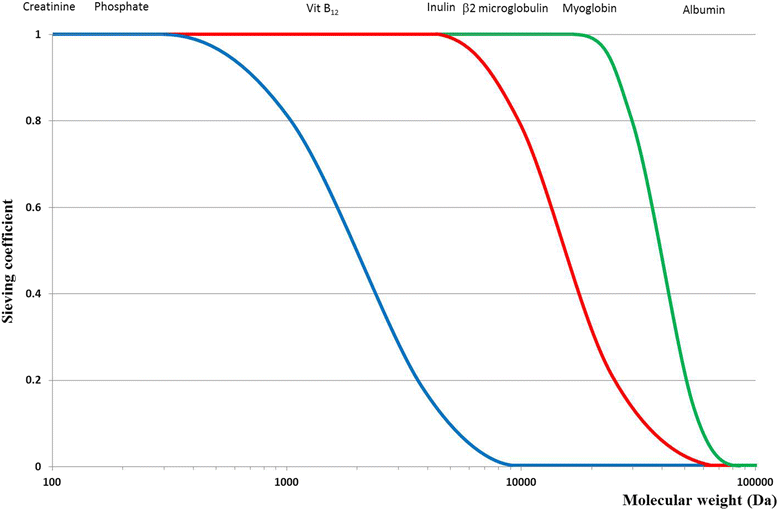Nomenclature for renal replacement therapy in acute kidney injury: basic principles
- PMID: 27719682
- PMCID: PMC5056503
- DOI: 10.1186/s13054-016-1489-9
Nomenclature for renal replacement therapy in acute kidney injury: basic principles
Abstract
This article reports the conclusions of a consensus expert conference on the basic principles and nomenclature of renal replacement therapy (RRT) currently utilized to manage acute kidney injury (AKI). This multidisciplinary consensus conference discusses common definitions, components, techniques, and operations of the machines and platforms used to deliver extracorporeal therapies, utilizing a "machine-centric" rather than a "patient-centric" approach. We provide a detailed description of the performance characteristics of membranes, filters, transmembrane transport of solutes and fluid, flows, and methods of measurement of delivered treatment, focusing on continuous renal replacement therapies (CRRT) which are utilized in the management of critically ill patients with AKI. This is a consensus report on nomenclature harmonization for principles of extracorporeal renal replacement therapies. Devices and operations are classified and defined in detail to serve as guidelines for future use of terminology in papers and research.
Keywords: CRRT efficiency; CRRT membranes; CRRT modalities; Clearance; Convection; Diffusion; Dose; Terminology; Transmembrane pressure; Ultrafiltration.
Figures


References
Publication types
MeSH terms
LinkOut - more resources
Full Text Sources
Other Literature Sources

